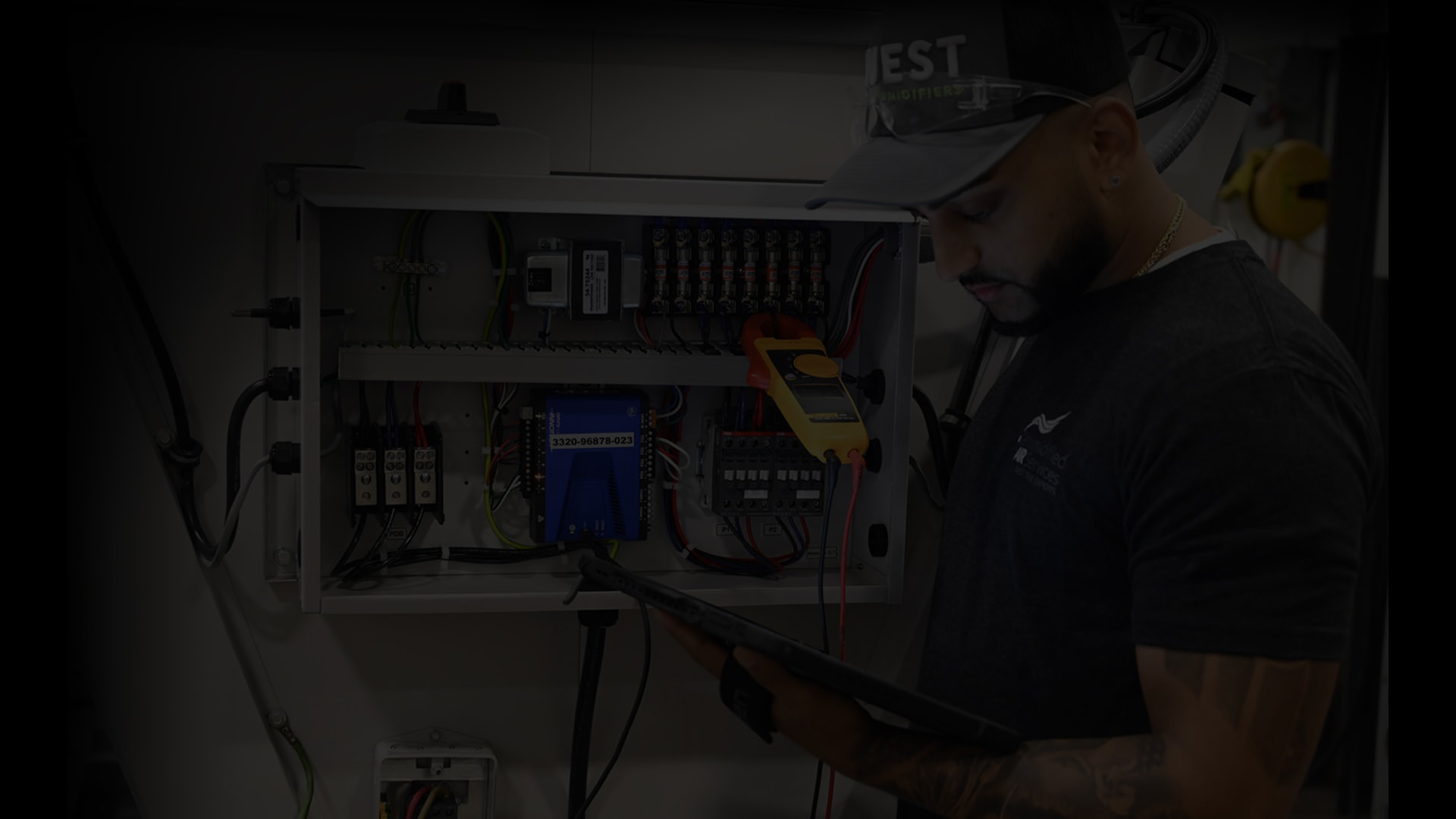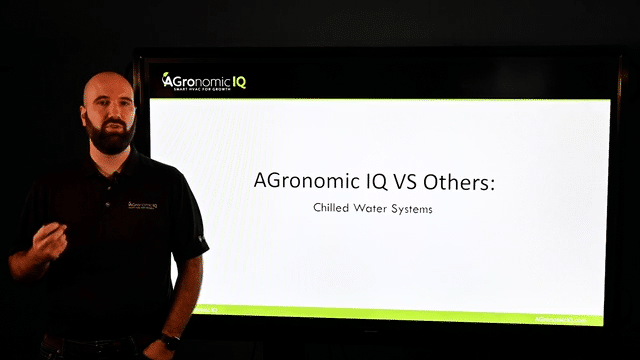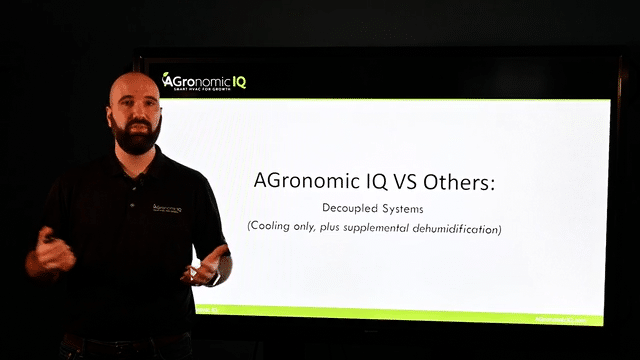Selecting the right HVAC system type for a grow room is crucial for the success of the crop. Adequate control over environmental conditions affects not only the health of the crop, but also energy consumption, as well as operating and maintenance costs. Certain types of systems will cost the grower more to own and operate, which reduces the equipment’s overall value and the owner’s return on investment.
The following videos dive into the benefits and drawbacks of several system types to help you choose the one that is best suited for your grow room.
An overview of the heritage and limitations of chilled water systems for grow room HVAC
- Engineers applied historical large facility technology to grow rooms
- At the time, this seemed logical, but they didn’t know the fine details of grower requirements
- Chilled water, central plants are not scalable
- The energy consumption is huge, capital costs are huge, redundancy is expensive
- Don’t let historical engineering bias to this familiar solution override the possibility of newer technologies
An overview of the heritage and limitations of decoupled systems for grow room HVAC
- The legacy of separate air conditions and dehumidifiers
- Because they are independent systems, they typically fight each other
- Initial equipment costs can seem to be lower; the true costs are almost always higher
- Installation costs are higher, energy costs are higher, maintenance costs are higher
- Precise room control is also very difficult to achieve, if not impossible
AGronomic IQ is truly purpose-built equipment that outperforms misapplied legacy solutions
- AGronomic IQ is built from the ground up to solve grow room challenges
- Built-in redundancy in every critical component
- Integrated control of a integrated unitary system to deliver precise room conditions
- Exceptional energy efficiency, scalability and flexibility
- Outstanding ROI and performance that delivers a 20% to 50% increase in expected yields for many customers



